If you’re like most Australians, you wake up on January 1 with renewed determination to reach your goals. So how can you really make it happen this year and ensure the changes stick? While you always want to aim big, the best strategy is to think small and personal.
“When you add them up, incremental improvements are incredibly powerful. If you can improve by one percent per week over the span of a year, that's a 67% annual improvement, which is quite amazing,” says personal trainer Jonathan Aluzas.
“When setting your resolution, keep in mind that the only one that is truly committed to your success is you,” says personal trainer Jumaah Goldberg.
“In fact, research has shown that people who are internally motivated are more likely to stick to a task, invest more time in that task, and be more successful at that task. Stop worrying about what other people think you should be doing and create resolutions based on what is most important to you!” Here are 20 totally doable ideas that you’ll be able to transform from resolution to lifestyle.
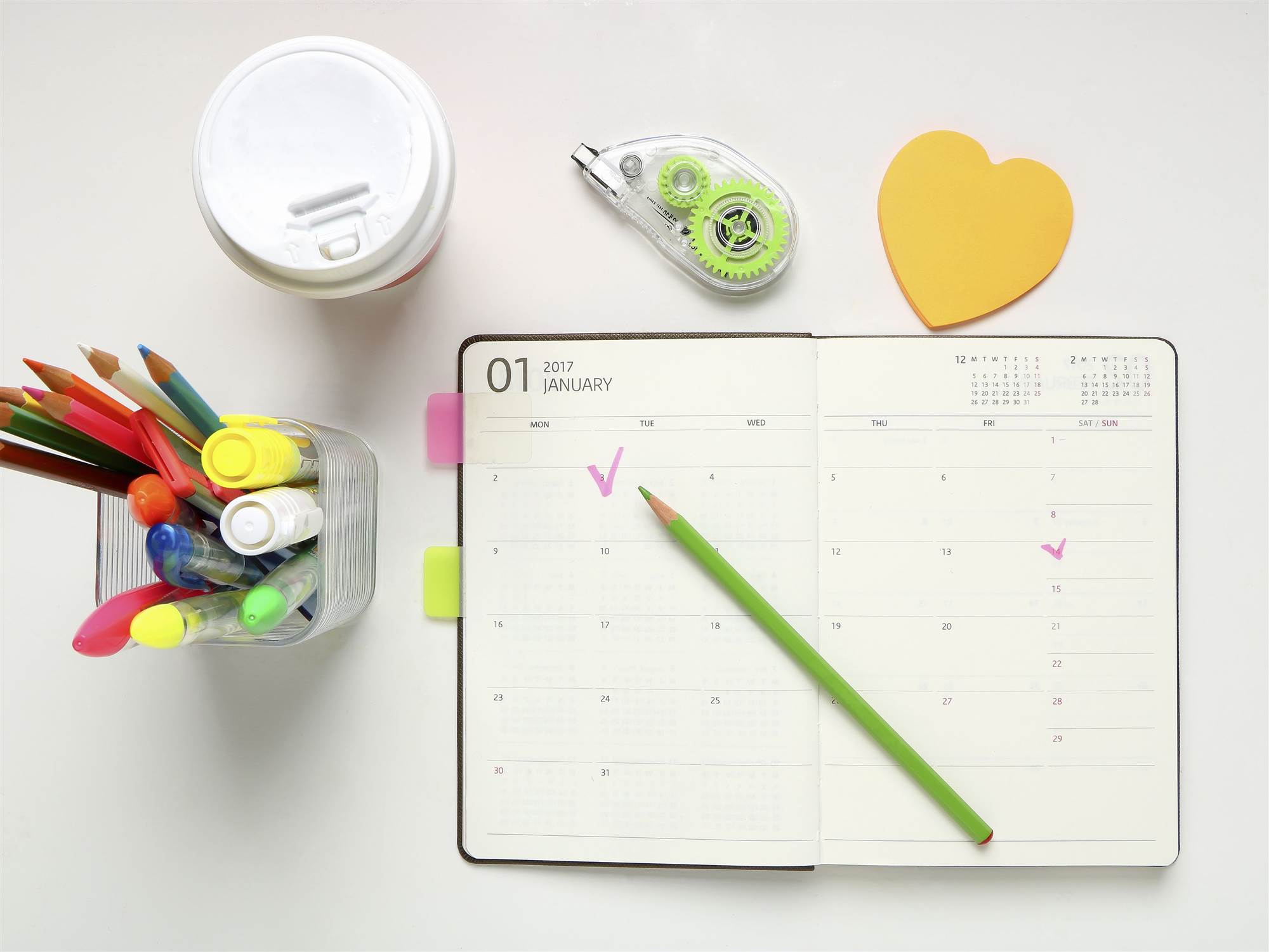
VPanteon ©Getty Images
Set one goal per month
Rather than saying, “I’ll lose 10kg by next summer,” set specific action steps one at a time to inch you in that direction, suggests personal trainer Angela Kim. In January, try cutting out alcohol, and during February, aim to eliminate added sugars.
“At the end of the month, reflect on what worked and what didn't. For the goals that weren't met, ask why were they not met? For those that were met, how did you do it? Become your own mentor for improvements you want to make,” Kim says.
If you enjoy the feeling on the final day of the month, roll over that resolution and add a new one.
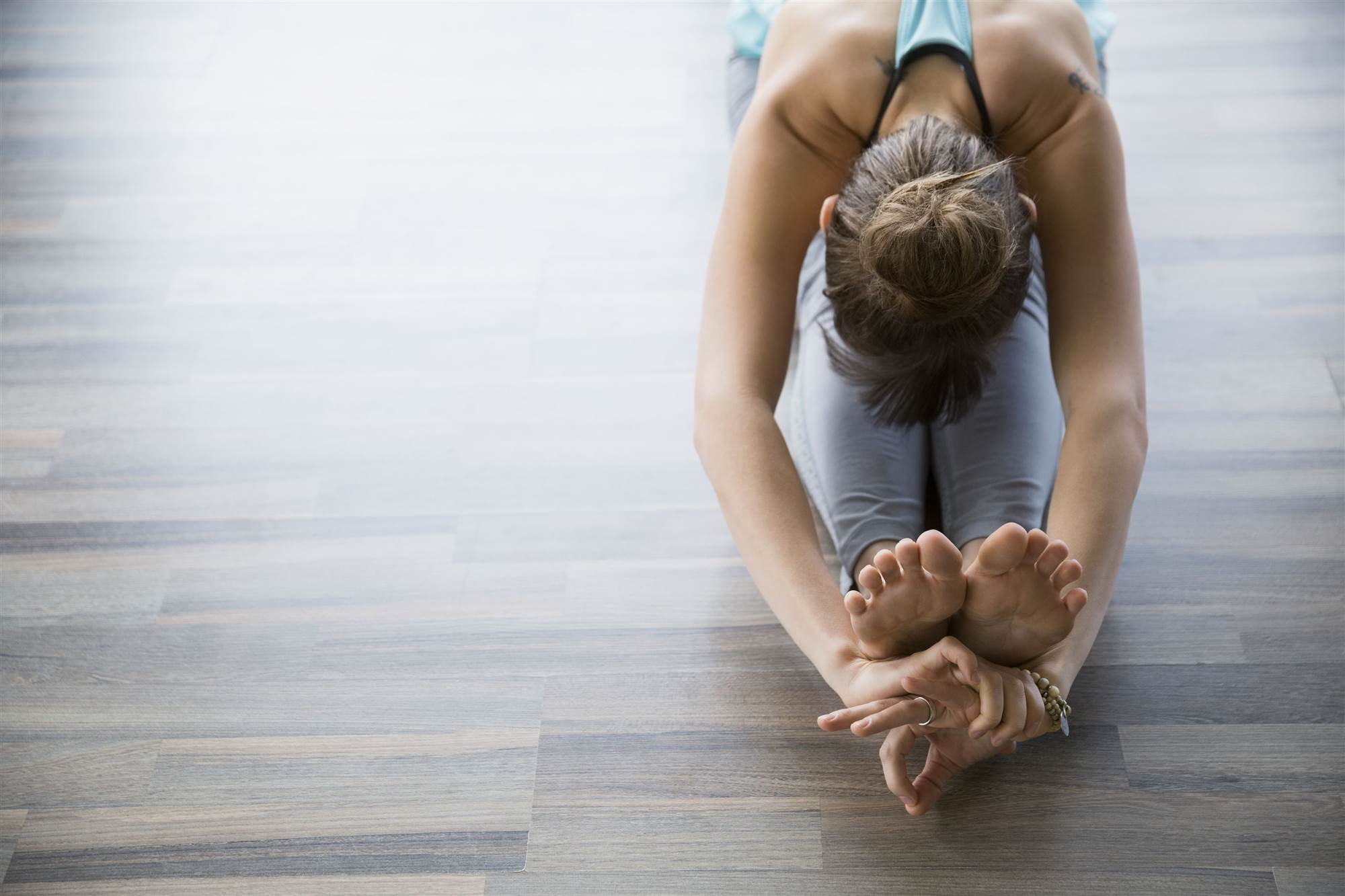
VPanteon ©Getty Images
Add a "why" to your resolution
“The number one reason for resolutions dying off is that the connection between meaning and action gets lost. Even somebody who has a powerful motivator in the beginning can fall off the wagon when their sense of purpose in the activity fades,” says personal trainer David Chesworth.
Before you start any resolution, write down your “why.” Why is the result of your goal important to you?
“The more powerful the answer is, the more likely the resolution is to last. Remember that your 'why' can change and evolve over time. That’s why staying in touch with yourself on this is so important,” Chesworth says.
Here are a couple examples of this practice at play:
● Goal: Each Monday, I will do my favourite physical activity for 20 minutes.
● Why? So that I set a good tone for the week while also reinforcing that movement can be fun.
● Goal: As someone with a sedentary job, I will break up my sitting with two-minute movement walk or stretch breaks at least 3 times each work day.
● Why? To boost my energy and blood flow, plus break up the day.
● Goal: I will walk or do yoga for 30 minutes after dinner five times a week.
● Why? To set a strong, active example for my kids and to shake off the stress of the day.

VPanteon ©Getty Images
Choose a workout that suits your schedule
If you want your extra steps and reps to stick, “work your life around your workouts, not your workouts around your life,” says personal trainer Lacey Stone.
Select a time (before work, during lunch), place (at the office gym, in the park across the street) and plan (three times a week, every weekday) that feels doable to sustain throughout the year.
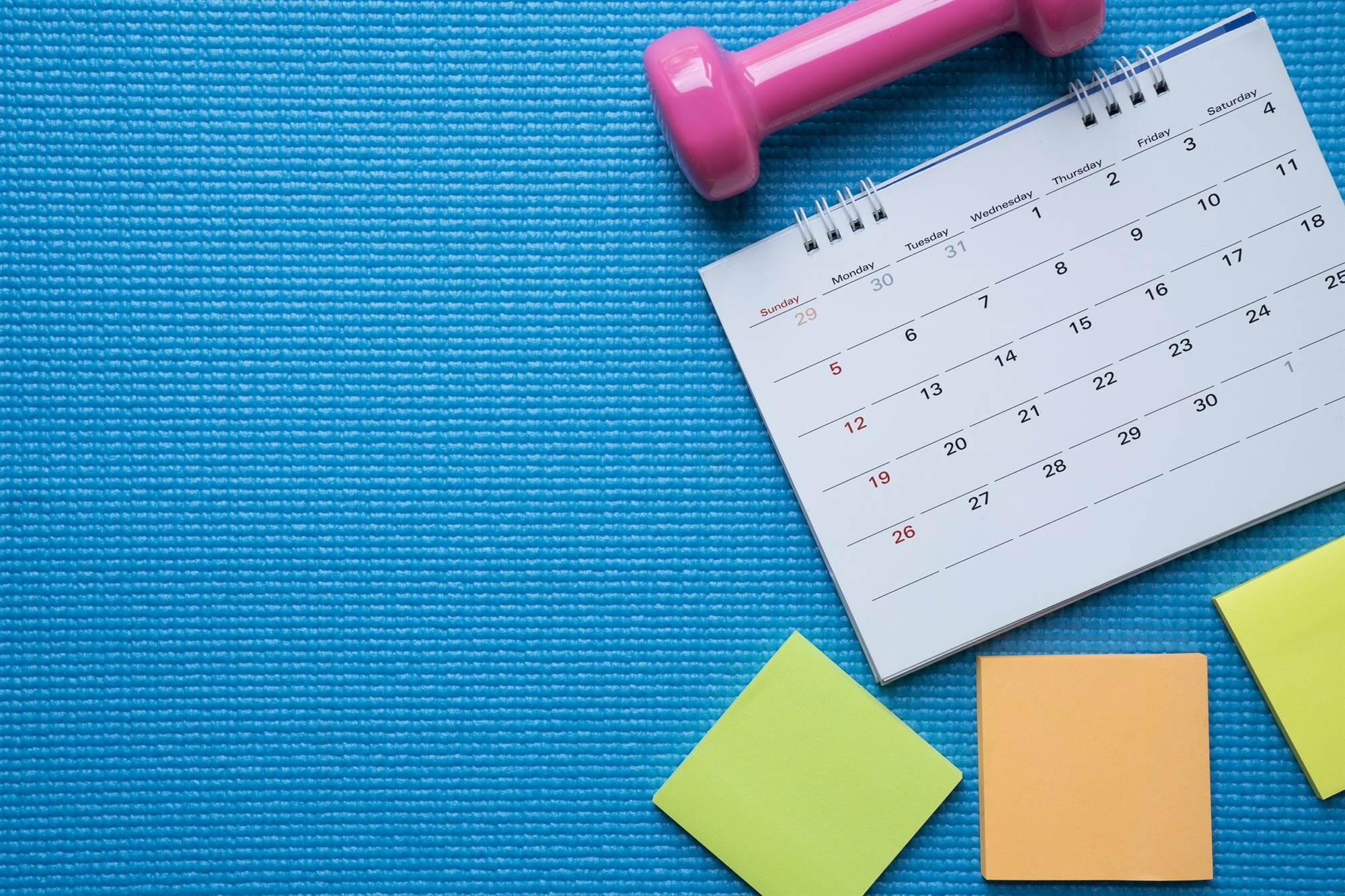
VPanteon ©Getty Images
Create a workout calendar
To make this more concrete, plot it out on paper, recommends celebrity trainer Anna Kaiser.
“Set up a workout calendar to write your activity, length and location for each day of your program. Every time you complete a work out, add a gold star or a sticker on that day to help track and visually see the progress that you are making,” Kaiser says.
For even bigger benefits and more motivation, tack on a reward, too. “When you reach 10 stars, give yourself a non-food ‘prize’ like a manicure, pedicure, massage or new book so that you can celebrate the work you’ve accomplished,” she says.

VPanteon ©Getty Images
Pack emergency snacks
Set yourself up for snacking success-and to avoid the hangries and subsequent overeating-by squirreling away healthy snacks in your glove compartment, purse and gym bag. Not only will you save kilojoules, but you’ll also save lots of money compared to swinging through the drive-through or hitting the vending machine, says dietitian Katherine Brooking.
“Some of the best on-the-go snacks are very simple, such as a banana, apple or pear. I also love grabbing a couple of hard-boiled eggs on my way out the door. One egg has just 292kJ (70cal) and 6 grams of protein to help keep you full between meals,” Brooking says.
Dietitian Michelle Hyman agrees and always has low-fat Greek yoghurt, popcorn and nuts at the ready.

VPanteon ©Getty Images
Commit to taking the stairs
Act like there’s no elevator or escalator and vow to step up your activity with this easy commandment.
“A little bit every day can really add up,” says personal trainer Caleb Backe. “By ditching the elevator and taking the stairs, you give your body that burst of exercise that it needs. The best part is that you don’t even need your gym clothes or sneakers for it!”
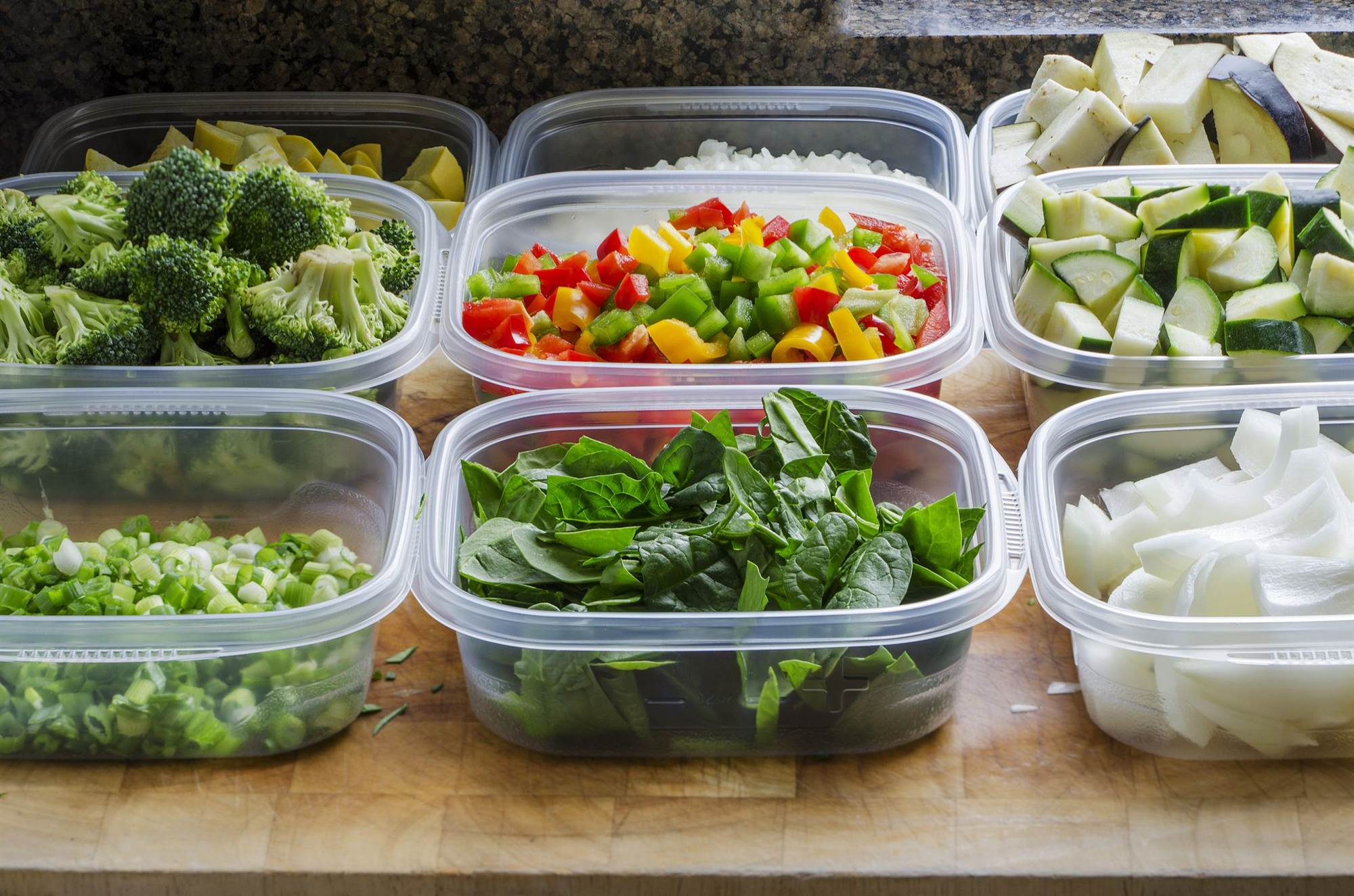
VPanteon ©Getty Images
Measure your food (for now)
We’re not suggesting you weigh every gram, but if you fear you might be suffering from portion distortion, break out your food scale and measuring cups and spoons.
“For January, measure out accurate serving sizes,” says dietitian and personal trainer Maryann Walsh. “It's not a permanent practice, but one that teaches you how much you're actually having versus what you think you're having. Once you learn what a serving should look like, you can apply what you learned for year-round portion control.”

VPanteon ©Getty Images
Vow to wear sunscreen every day
...Not just when you’re on a beach vacation. Slather on a broad-spectrum sunscreen with an SPF of at least 30 to minimise skin damage, keep skin looking younger longer and prevent skin cancer,” advises dermatologist Dr Tsippora Shainhouse.
“UV rays are present whenever there is daylight, and these can cause direct damage to cellular DNA, which can lead to the development of skin cancers and melanoma. They also target and break down collagen and cause premature skin ageing, which can present as fine lines, wrinkles, brown spots and crepey skin,” Dr Shainhouse says.
These rays can pass through clouds and windows and reflect off of water, snow, and sand, so don’t forget to SPF up during winter or when you’re staying indoors.

VPanteon ©Getty Images
Tuck away the treats
Out of sight, out of mind, as they say. Women who store snack foods on their countertops were, on average, 10kg heavier than those with clear surfaces, according to a Cornell University study.
“Clean off your countertops from any cereals, pastries, cookies or other snack foods that might be tempting,” says holistic nutritionist Summer Rayne Oakes. “Put a fruit bowl out instead and fill it with oranges, apples, pears, kiwis or whatever fruit strikes your fancy. That way, if you happen to mindlessly eat, you’ll reach for the nutritious fruit.”
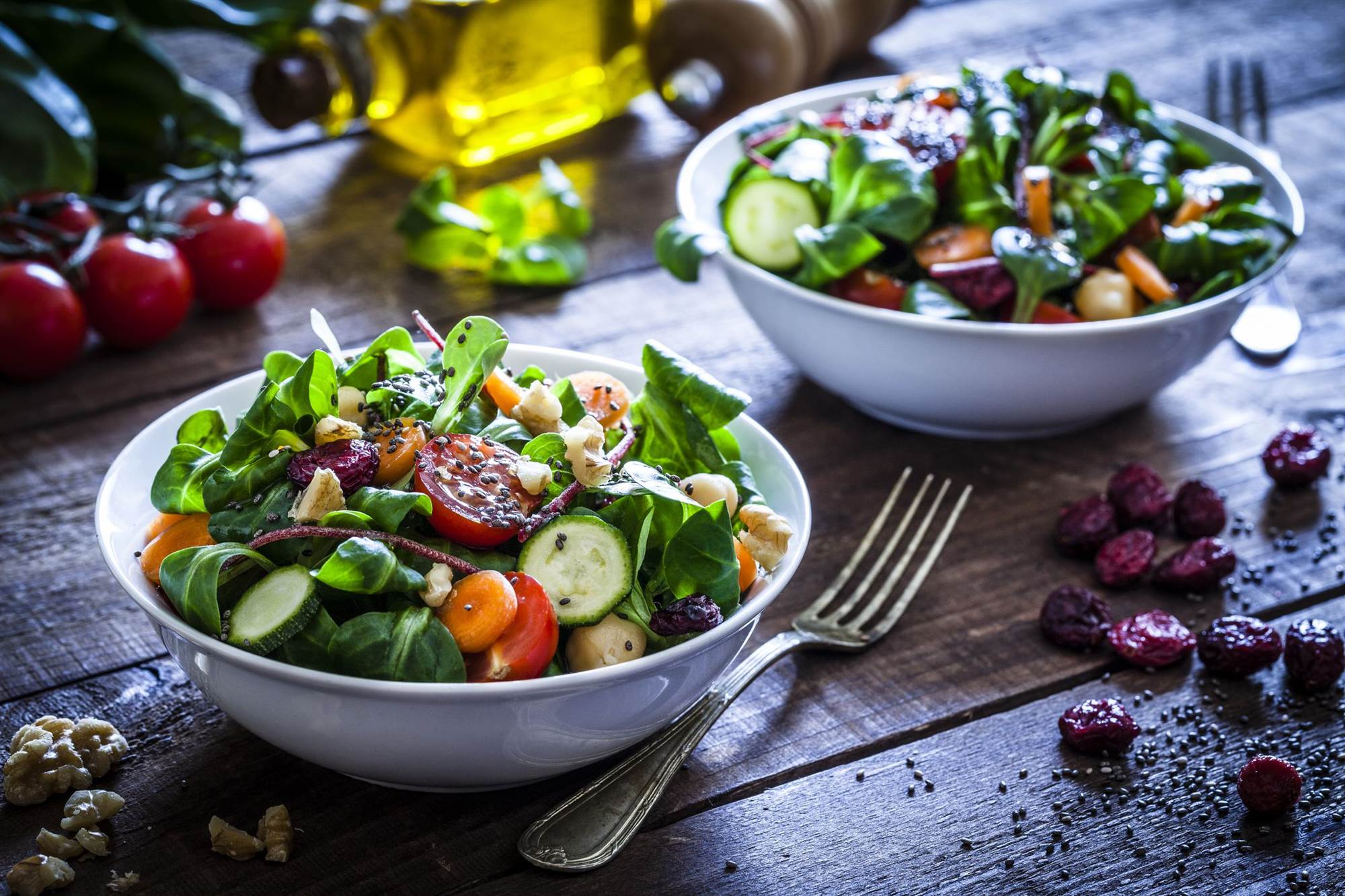
VPanteon ©Getty Images
Load up on low-carb veggies
Rather than restricting, focus on adding in more good foods into your diet, and more vitamins, minerals and fibre.
“Try to include non-starchy veggies such as broccoli, carrots, cucumber or zucchini at lunch and dinner daily. Make sure your kitchen is always stocked with fresh pre-cut, frozen steam-in-bag, and canned, low-sodium veggies to help make it easier to meet this goal,” Hyman says.
For a visual of how to put this plan into action, dietitian Elizabeth Huggins suggests portioning your plate into sections.
“Fill a third to a half of your plate with low-carbohydrate veggies. Next, add a lean protein and a starch, each taking up about a quarter of the plate,” Huggins says.

VPanteon ©Getty Images
Track and time your water intake
If you find your energy is flagging come mid-afternoon, do an H2O check before snacking. You might just be thirsty, says dietitian Maya Bach.
“If you're struggling to drink water throughout the day, start your morning with a glass, pack a refillable water bottle to carry around throughout the day and rotate in sparkling or infused waters if you’re craving a change of pace,” Bach says.
Crossfit coach Andy Petranek ups the ante with a set schedule.
“After that first-thing-in-the-morning glass, set a countdown timer for three hours on your phone-and make it recurring,” Petranek says. “When the alarm sounds, drink 600mL of water if you haven’t done so already since the last time it rang.”

VPanteon ©Getty Images
Multi-task your way to more movement
You can do a lot in the time it takes to play five songs, says personal trainer Alexis Craig.
“I tell my clients to add 15 minutes more of activity every day rather than shooting for two extra 45-minute workouts per week. This strategy builds the habit quicker and you’ll be more likely to stick with it,” Craig says.
She suggests mixing and matching the multitasking activities below daily to make it super easy:
● Stretch for 5 minutes while your morning coffee brews
● Do 20 squats, sitting down to the toilet and standing back up, while brushing your teeth in the morning and at night
● Perform alternating lunges during all of the commercial breaks for an one hour-long TV show
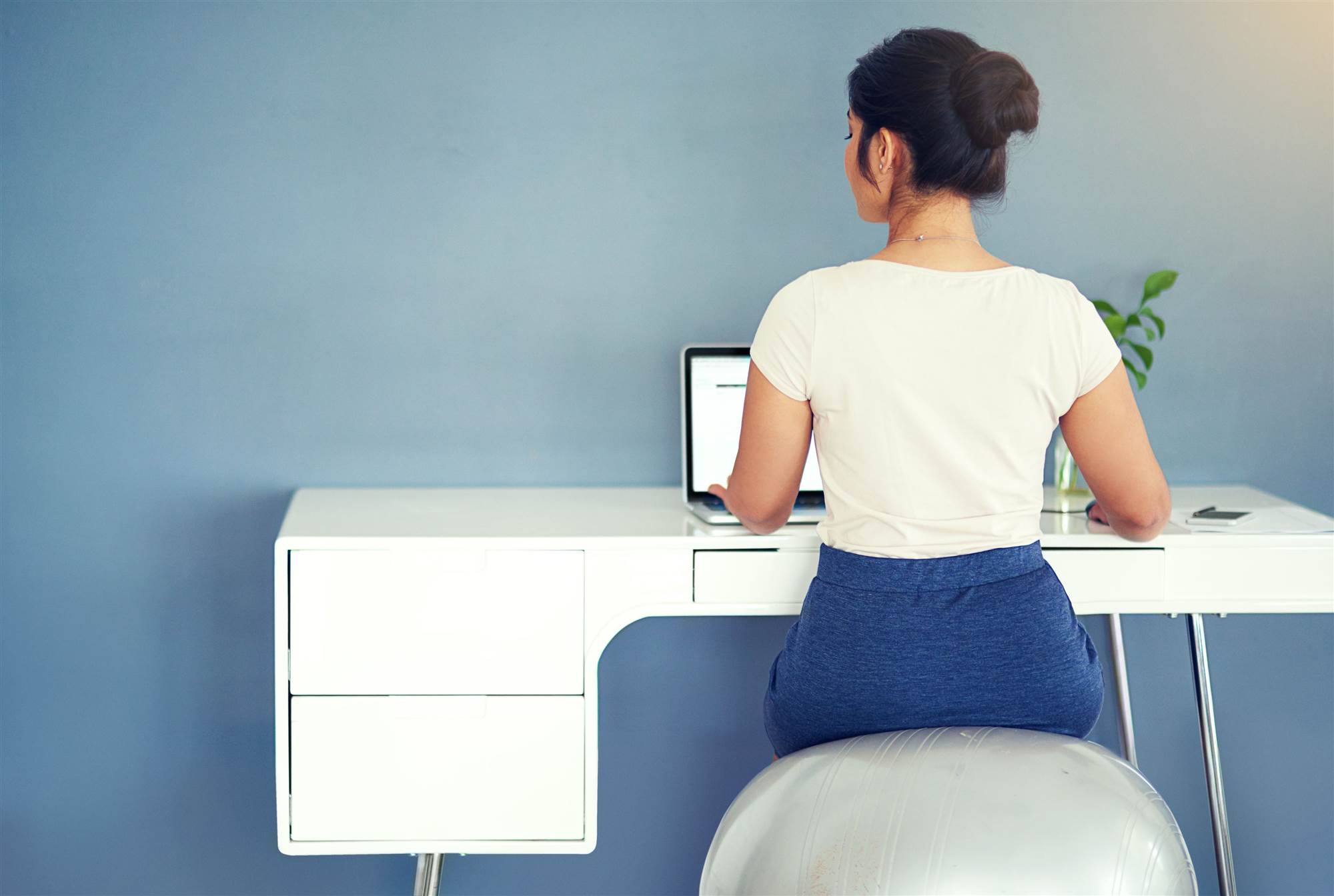
VPanteon ©Getty Images
Sit stronger
This mini resolution doesn’t even require you to be on your feet. “The average person sits in a slouched position at their desk seven or eight hours a day, and this puts a lot of strain on the upper back and neck muscles,” says personal trainer Leon Turetsky. “Make small changes to how you sit and do posture check-ins throughout the day to cut down on potential pain.”
Here’s your checklist for sitting smarter:
- Stretch the spine and pull in the belly button slightly
- Elevate the computer screen to your eye level
- Retract the neck to align it with the ears and shoulders
- Have both of your feet flat on the floor and the knees positioned in a 90-degree angle

VPanteon ©Getty Images
Schedule in standing time
“We’re offered a seat almost any time we enter a room, but given our sedentary lifestyles, this is the last thing we need to take so readily,” says group fitness instructor Shana Schneider. “Standing, rather than sitting, wakes up the body and turns on the largest muscle groups.”
Since sitting too much has been linked to increased risk for obesity, type 2 diabetes and certain cancers, examine your day and seek out opportunities to stand. For example, when you meet a pal for coffee, stand next to a high-top table rather than sitting in a booth. Or when you’re five minutes early for a meeting, stay standing. “Or better yet, walk,” Schneider says.

VPanteon ©Getty Images
Make fit friends
The Golden Girls had it right with the “thank you for being a friend,” theme. “Accountability is huge! We all need support while creating new habits,” says personal trainer Tara Nicolas. “Broadcast your micro resolution to your loved ones so they can check in, and if possible, find a buddy who has already accomplished your goal and see if they have any advice.”
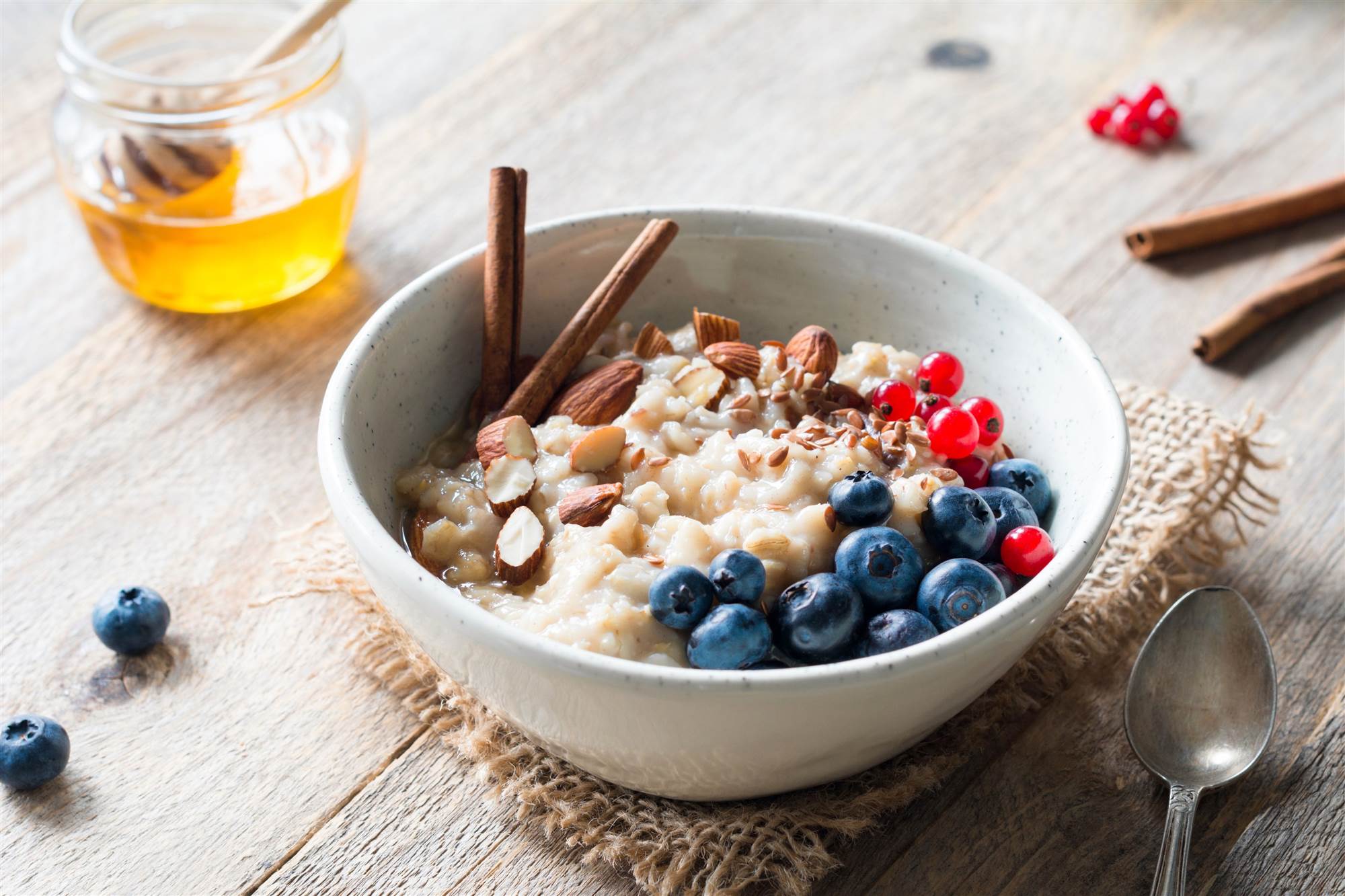
VPanteon ©Getty Images
Upgrade your nutrition starting with one meal
Before you make any menu changes, “start by honing in one one meal or snack and think about ‘easy wins,’ or how you could easily upgrade the nutrition,” says dietitian Christy Brissette.
Do you usually scoop up some porridge for breakfast? Top it with a cup of vitamin C-rich blueberries to bolster your immune system. Are scrambled eggs more your jam? Fold in some lycopene-loaded diced tomato for a heart health boost.
“As soon as you're consistently adding vegetables and fruit to one of your meals or snacks, hone in on another one and start incorporating more produce into it. After several months you'll be eating far more fruit and veggies than ever before and you're sticking with it,” Brissette says.
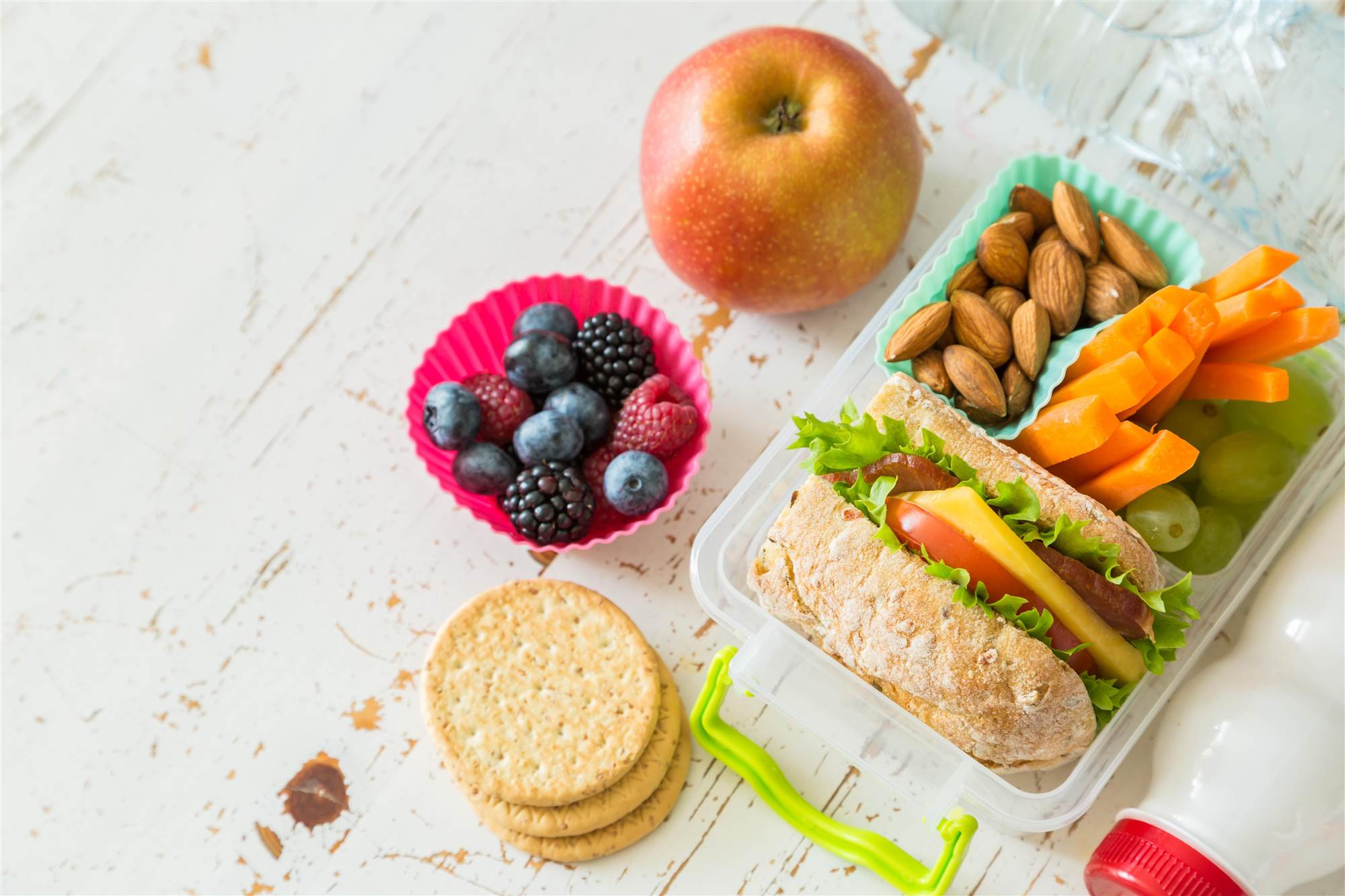
VPanteon ©Getty Images
Make lunch your biggest meal of the day
It’s time to retire the term “light lunch,” according to dietitian Nancy Woodbury. For health benefits without cutting kilojoules, shift more of your intake to the daytime. Start with a nutritious breakfast and eat your largest meal at midday.
“Metabolism is tied to our circadian rhythm, so insulin sensitivity decreases overnight as growth hormone and cellular repair takes priority. Research shows that a meal eaten late at night causes blood sugar to increase more than the same meal consumed earlier. Over time, these spikes can increase the risk of type 2 diabetes,” Woodbury says.

VPanteon ©Getty Images
Close the kitchen by 8 p.m.
Stop eating about three hours before bedtime, if possible. “As your body prepares to rest and repair itself overnight, your metabolism slows and food is processed differently. It's best to end eating for the day with a well-balanced dinner at a reasonable time,” Goldberg says.
Struggle with nighttime nibbling? “Ask yourself if you're physically hungry or if you’re thirsty, bored, stressed or feeling some other emotion. Write a list of at least three relaxing, non-food activities you can do instead of mindlessly snacking,” Hyman says.
A few suggestions:
● Take a bath
● Paint your nails
● Read a book or magazine
● Assemble a puzzle

VPanteon ©Getty Images
Brush your teeth three times a day
A healthy mouth means a healthy body. “Most people are not aware that oral health and general health are connected in many ways,” says dentist Jeffrey Sulitzer.
Brush three times a day (using a soft-bristled toothbrush and a toothpaste with fluoride) and floss once a day to cut down on inflammation and prevent gum disease-and many other diseases, too.
“Over the past 15 years, numerous studies have shown that if patients reduce the chronic inflammation that gum disease causes, they can also have a positive effect on their diabetes, heart and overall health conditions,” Dr Sulitzer says.

VPanteon ©Getty Images
Prep for sleep success
You’re getting enough vitamin C, vitamin D and vitamin K. Now it’s time to focus on vitamin zzz's. “Getting more sleep will do more for your health and recovery than just about anything else. Netflix can wait,” Petranek says.
To sleep more soundly, follow these pointers:
● Stop using your phone, tablet or computer at least one hour before bed. “The blue light emitted from devices and sabotage your sleep by telling your brain it should be awake,” says neuropsychologist Dr Timothy Royer, who specialises in brain optimisation and sleep.
● Go dark. “Use blackout shades and cover or unplug any device with an LED lights in your bedroom,” Royer says. “Don’t ever sleep with the TV on.”
● Set a sleep alarm. Set a daily alarm to give you a 30-minute warning before bed so you can officially start winding down, Petranek adds.





.jpg&h=193&w=250&c=1&s=1)
.jpg&h=193&w=250&c=1&s=1)


